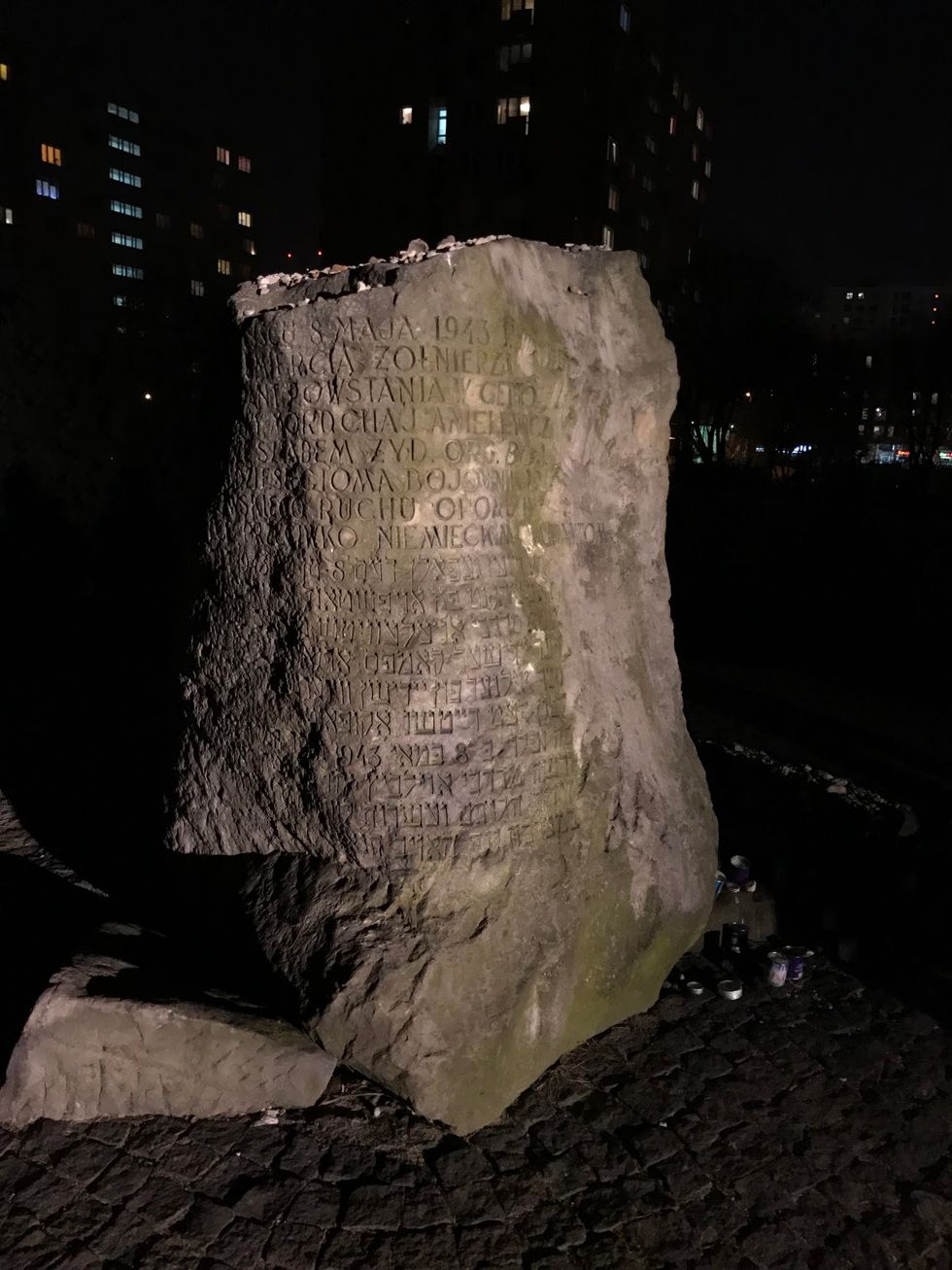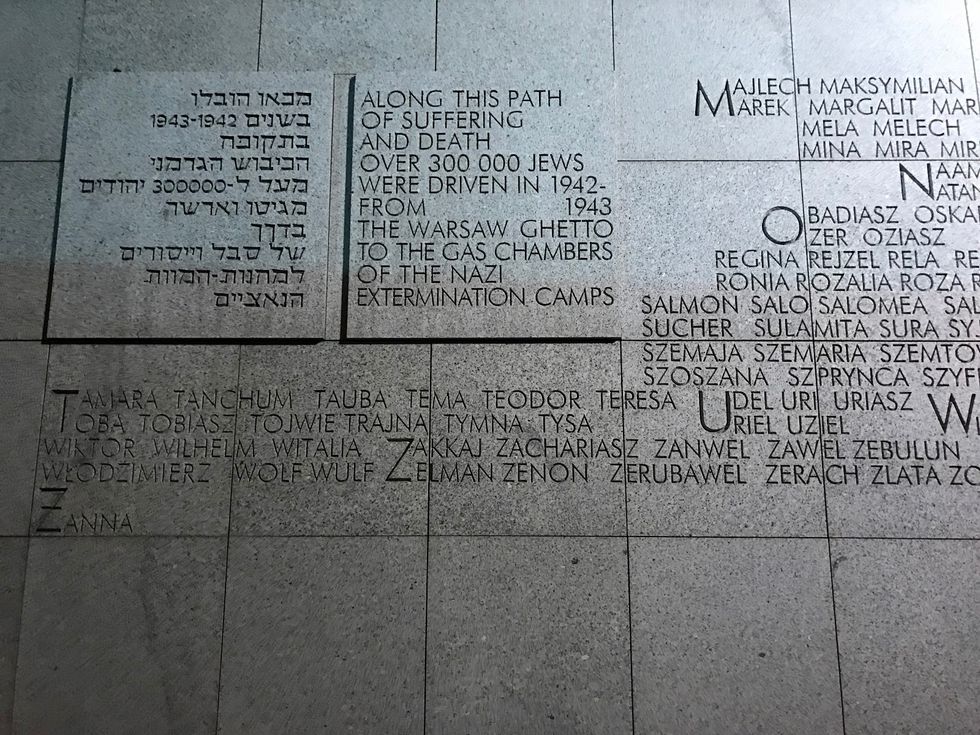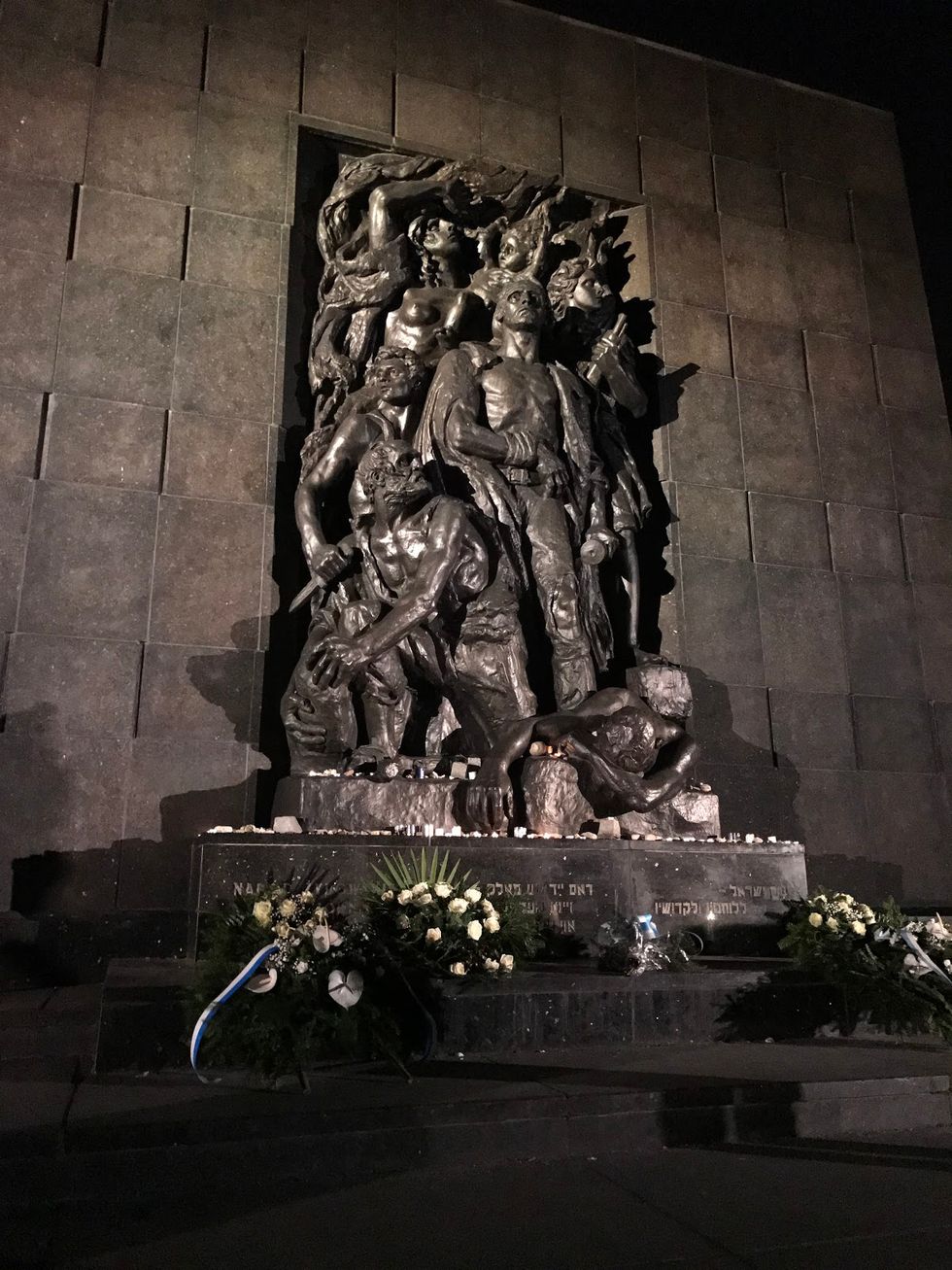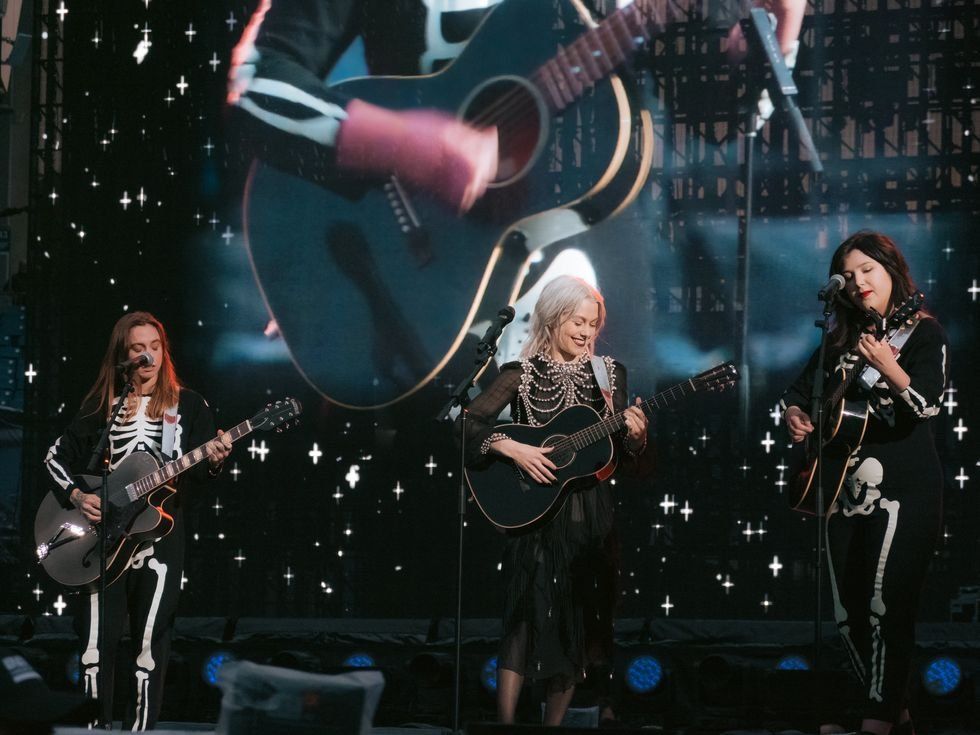After a very, very long, self-prophesying red-eye, I finally arrived in Warsaw, Polski (Poland in Polish) with a group of about 30 students mainly from St. Louis and Texas. We jumped right into our afternoon plan (well, after 1 hour waiting for a singular passport checker) complete with Kosher meals and a super-cool tour guide named Rabbi Yitzhak Rubenstein.
We started the afternoon with a trip to a graveyard. There, the Rabbi explained that the Israeli word for Poland is Polanya, which translates to “here God dwells”. Thus, while we might think that Israel is the Holy Land, it really is Poland where God dwells. He then discussed the variety of gravestones there and the meaning behind them. With so many, vastly different gravestones packed into a yard with hundreds of thousands, it was evident that each person was so unique. For example, this gravestone illustrates a Kohen (Jew descended from the priests) because of the hands at the top.
As the sun set and night crept into the sky, the Rabbi began to describe how, during the Holocaust, Jews died so frequently and from so many causes, namely starvation, cold, and slaughter, that there were mass burials each morning. What was even more tragic was that the bodies were stripped naked by people who needed their clothes, and sometimes, dentists would even come at night and take their gold teeth out to sell the gold for food. Suffering engulfed the Jews in Poland and the graveyard, but people still trudged on through the cold of the endless night. Unlike us, who were shivering in the cold despite being bundled up, the Polish Jews didn't have a warm bus to return to or lives to live without the stench of naked death.
We then traveled through what was the Warsaw ghetto, we could peer through the darkness at its remnants. The Rabbi explained to us here some of the history of the Holocaust, citing lebensraum (living space) as the German motive to occupy Poland in 1939. Following WWI, the German morale was seriously depleted, and the opportunity to conquer the western two-thirds of Poland (the eastern third was overtaken by Russia and then returned to Poland) was incredibly appealing in Hitler’s Germany. The Jews, who commonly lived in groups of approximately 30 people per apartment in the ghetto, were fed scraps of bread each day, maybe 200 calories, which is about 1/10 of the 2000 calories that we eat on average today. And during Passover, they were required to eat less than 200 calories, for Matza is more compact than bread. From the cold to the starvation to not knowing how their stories would end, it’s easy to imagine the Jews giving up. I know that I would have. But the next places that the Rabbi took us to proved me wrong.
The Rabbi led us to a small monument in a different part of the Warsaw ghetto and told us about the Warsaw ghetto uprising. The Jews fought back, but their ghetto was gassed until there was nothing left but this.
Yet what also remained are their names. The Rabbi showed us another monument with the names of many of those who had died and asked us to yell out one name on the count of 3. SZOSZANA! I firmly stated, making it a point to never forget the name.
Many of these people lost their whole families, leaving nobody to remember them, so it is so important that I (and the others who visit) make it a point to remember those who perished in the Holocaust so that they will never be forgotten.
We finished our touring for the day with a visit to a granite monument. On one side, it showed the Jews resisting and fighting back, and on the other, it appeared as if the Jews were submitting to their fate.
A closer look at the second side, however, reveals that the Jews were not submissive at all. One man is holding a Torah, preserving the Jewish religion, and a woman is holding her child’s hand, preserving the family. The child is also not looking down, but rather is looking back as if to say that his story is not yet over. Sometimes, the Rabbi said, resistance isn't about fighting back. It's about preserving the culture and customs you already have.
Hitler requested that the granite be sent to Poland to create a monument to the Jews' death. But we can see today that it is doing quite the opposite, and with so many Jews traveling to Poland and vowing to keep telling the stories of those who died in the Holocaust, I know that Hitler’s wish will never come true.









 Energetic dance performance under the spotlight.
Energetic dance performance under the spotlight. Taylor Swift in a purple coat, captivating the crowd on stage.
Taylor Swift in a purple coat, captivating the crowd on stage. Taylor Swift shines on stage in a sparkling outfit and boots.
Taylor Swift shines on stage in a sparkling outfit and boots. Taylor Swift and Phoebe Bridgers sharing a joyful duet on stage.
Taylor Swift and Phoebe Bridgers sharing a joyful duet on stage.













